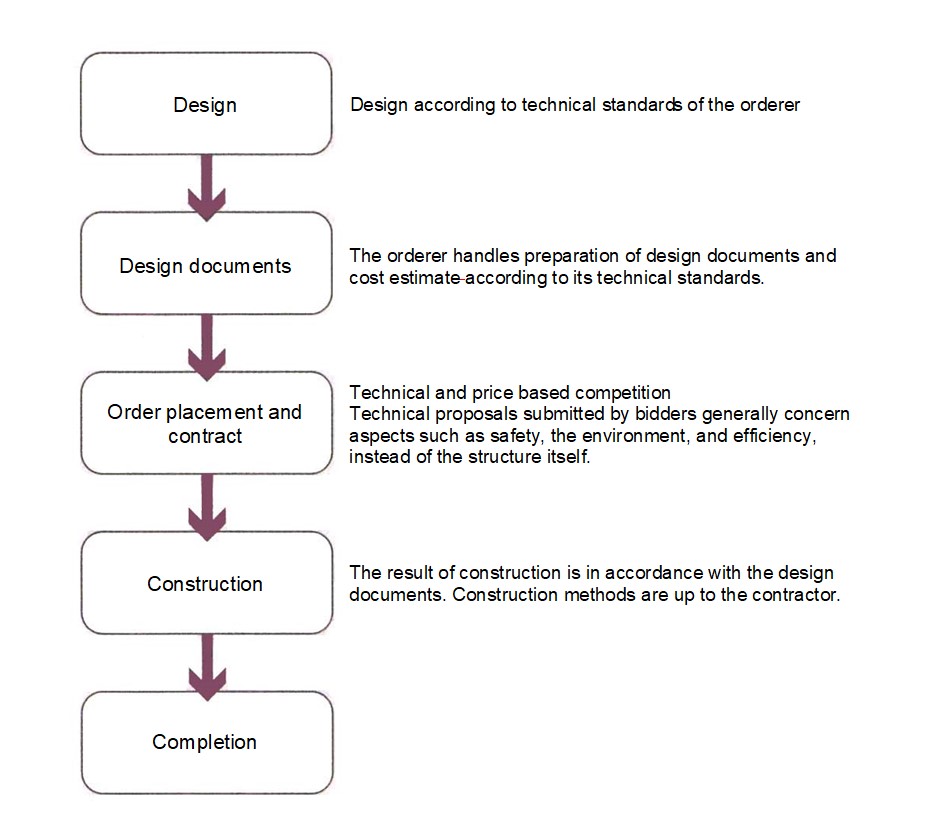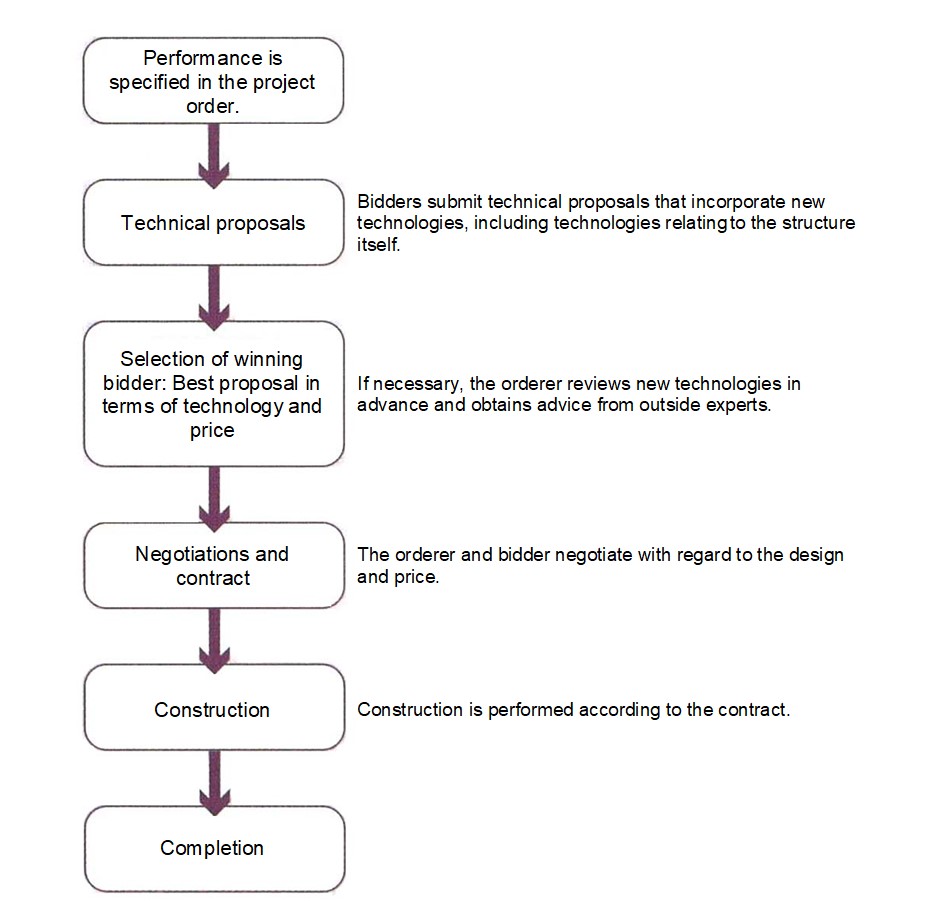Cross-Ministerial Strategic Innovation Promotion Program (SIP)

Tadayuki TAZAKI
Why civil engineering does not produce
smartphones
In the technology of 50
years ago, telephones were already widely used but faxing still
seemed like a distant dream. In today's technology, from mobile
phones and email to smartphones, the pace of progress is so
rapid that it's hard to even keep up. Media is being accessed
differently, and I sometimes notice that I am the only one
reading a newspaper when I look around in a train. Meanwhile,
amazing technological achievements were being made 50 years ago
in the field of civil engineering, including the Honshu-Shikoku
Bridge, Seikan Tunnel, and Kurobe Dam, and civil engineering
became an attractive field for academic studies. During the
period of rapid economic growth that followed, civil engineers
created a variety of new technologies to meet the needs of
infrastructure development. However, in recent years, civil
engineering is no longer producing new technologies that people
seem to find as impressive as the smartphone. Producing the
infrastructure that underlies the nation's economy, civil
engineers tend to work in the background without a great deal of
external recognition. Many of our members may be wondering how
this situation came about.
Needs and solutions of new technologies
Necessity is said to be
the mother of invention, and needs are an important driving
force in the creation of new technologies. Electric light bulbs
were invented when people wanted to have light without the work
of cleaning lamps, and washing machines were invented to free
people from the labor of doing laundry by hand. Soil improvement
technologies were developed to make it possible to build
structures on soft ground, and tunneling shield technologies
were developed to allow underground structures to be built
without disturbing land use on the surface. However, the
smartphone was not invented in response to needs. It had not yet
occurred to people to want a device that would let them access
information by sliding their fingertips, but a genius named
Steve Jobs conceived of this, and his product exploded in
popularity because it matched the potential needs of users. A
new technology had grown out of the solutions side.
How orderers decide to use new technologies
The topic of expanding
the use of new technologies will be examined in terms of public
works
projects, which account for 80% of all civil engineering
projects on a monetary basis in Japan. Fig. 1 shows the typical
progression of a public works project. As this figure indicates,
public works are built according to design documents specified
by the orderer. If new technologies are to be used in this
process, that decision will be made either at the stage of
design based on design documents prepared by the orderer
(documents expressing the orderer's intention, including
specifications, drawings, and site explanations), or at the
stage of construction. At the design stage, this decision would
be made by the orderer, since it is the orderer who decides
whether to incorporate new technologies at the design stage. In
general contracts for public works, the contractor is
responsible for the construction methods used;(1) so
it is quite possible for a contractor to include the use of new
construction technologies, and this takes place on a frequent
basis. Meanwhile, orderers have undergone staffing reductions in
recent years, and it requires a great deal of work for them to
coordinate with related institutions and handle complicated bid
contract procedures, etc. The fact is that they simply cannot
manage to incorporate new technologies into their design
documents. Because civil engineering projects are subject to
different conditions depending on the site, it would be ideal to
carefully survey each site and design each project based on the
technologies that are best suited to the site; however, without
the necessary resources, there has been a shift toward depending
on standardization and manuals with regard to the use of
technologies. As the standards become increasingly detailed,
ordering engineers tend to focus their energies on fitting the
standards, instead of technological considerations. Of course,
there are cases in which new technologies have been incorporated
due to efforts on the part of an orderer, and there have been
organizational initiatives for the use of new technologies,
including the use of NETIS (New Technology Information System,
MLITT) and bid acceptance based on comprehensive assessment with
evaluation of technical proposals. However, the basic structure
is that the use of new technologies depends on whether this is
specified in the order documents by the orderer in question, and
this is an obstacle that cannot be easily overcome. In many
cases, in order to be successful, efforts to go beyond the
framework of existing technologies and incorporate highly
innovative new technologies must begin further upstream in the
process, at the stage of design.

Fig. 1.
Stages in the execution of general public works projects
Incorporating new technologies from the solutions side into
public works
To overcome this
situation, the private sector side could push for the use of
their own new technologies as solutions. The assumed progression
in this case is shown in Fig. 2. Here, the orderer first asks
for technical proposals, including new technologies, for a
specific project. To request unrestricted technical proposals
that are not limited by existing technical standards, instead of
the conventional approach of prescribing the specifications, the
orderer needs to indicate the performance requirements, stating
the desired functions of the structure they want to build, along
with the constraints. It would be inconvenient for performance
to be specified differently for different projects or by
different orderers, so all orderers should be aware of common
requirements concerning their performance specifications in
advance. Then orderers could evaluate and compare the submitted
technical proposals in terms of technologies and price,
selecting the best proposal. If necessary, the orderer can refer
to the results of evaluation of the proposed technologies by
public institutions and consult with experts.

I would like to
emphasize that in this approach, it would be necessary to seek
technical proposals for each individual project. In civil
engineering, every project is unique. The conditions are
different at every site, and companies would be expected to
compete to offer the technologies that are best suited to the
respective conditions. This means that even if two projects
appear similar at a glance, there is still a possibility of
using different technologies in each; and this would give rise
to diligent competition with regard to technology for each
individual project. The technologies to be proposed will not be
limited to civil engineering technologies, and we are hoping for
participation from all technical fields.
Future development of SIP
Many outstanding
technologies have been proposed in the SIP Infrastructure
Maintenance, Renovation and Management Program, including
technologies from fields other than civil engineering. These are
being developed with the goal of practical application, and
efforts for regional implementation are making particular
progress. Through SIP, new technologies are already being put to
use in several cases. For this to become established as a
sustainable process for all public works, it is essential for
orderers, who are in the position of buying technologies, to
adopt a contract system that is more technology-oriented. In
this way, SIP will be able to leave a legacy for the future by
establishing a process for the development and implementation of
new technologies for infrastructure maintenance and other areas.
Reference
(1)
For example, see Article 1, Paragraph 3 of the standard
construction contract agreement of the Ministry of Land,
Infrastructure, Transport and Tourism.
This article is translated from JSCE Magazine
vol.102 No.10 October 2017 and partially changed for this
Special Edition.